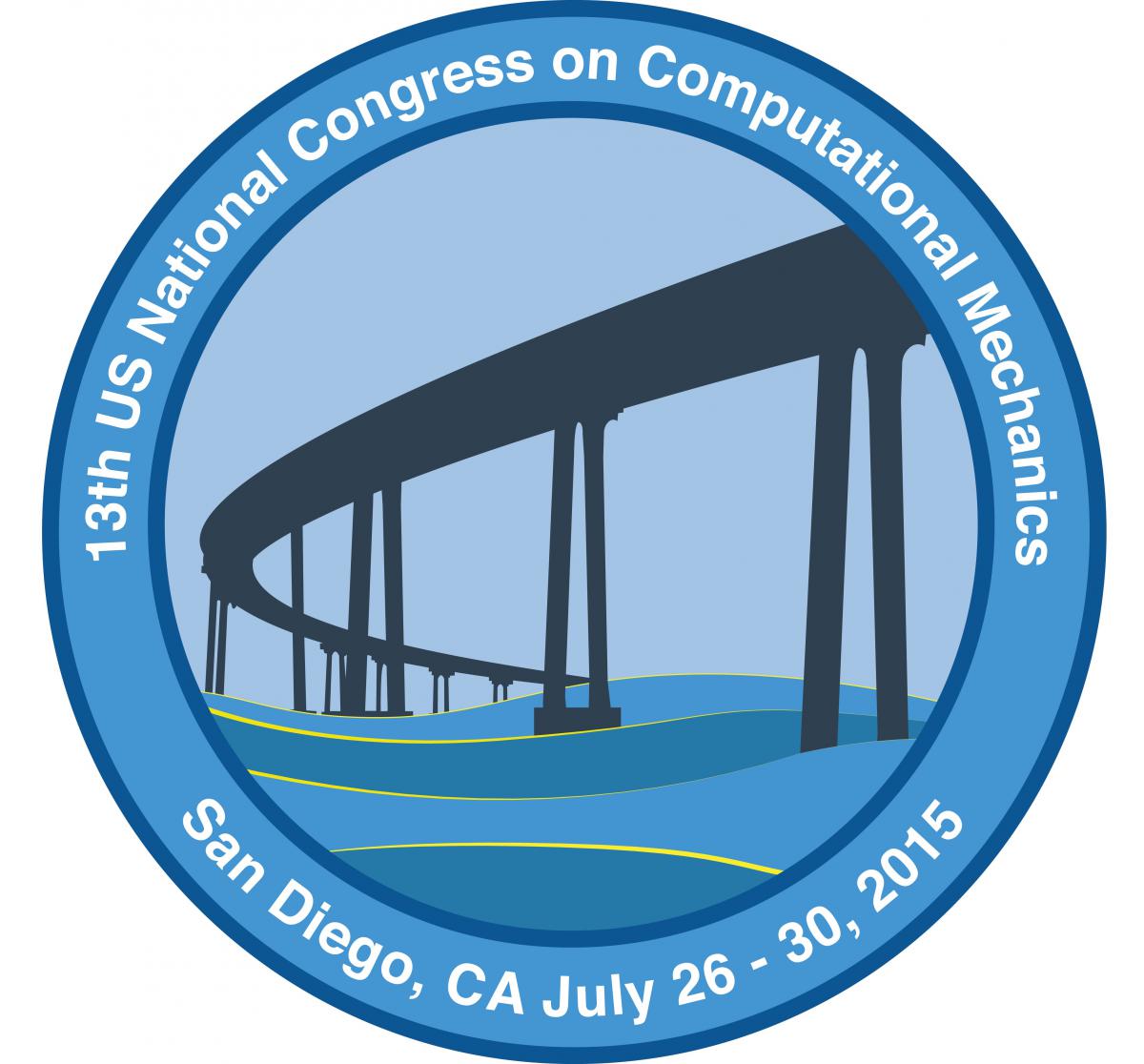Multiscale Simulation for Failure and Uncertainty Quantification in Engineering Applications
A fundamental challenge in solid mechanics is predicting structural failure and reliability given the nonlinear, heterogeneous, and random microstructure of most engineering materials. There is great interest in multiscale numerical methods (MNM) to bridge length scales so that the physics and uncertainty introduced by a heterogeneous and random microstructure are adequately represented. One significant challenge for the multiscale model is to include as much physical realism at the microscale as necessary without filtering the microscale response to such an extent that all variability is lost, nor to such an extent that emergent phenomena, such as localization, are prohibited. Another challenge faced in multiscale modeling is the choice of fine-scale representation and propagation of localized strains, damage or cracks while maintaining a computationally tractable model and making appropriate adjustments to the model as the damage approaches fine-scale boundaries. Finally, the stochastic nature of the problem – arguably the primary motivation behind multiscale modeling – is often difficult to address because the models are computationally expensive, precluding the application of standard forward uncertainty propagation methods.
The objective of this multidisciplinary mini-symposium is to bring together researchers from material science, the field of uncertainty quantification, and computational science and engineering to share accomplishments and lesson’s learned and to discuss new research in the following topics:
• strategies for tractable multiscale simulation;
• improved physical realism at the microscale within multiscale simulations;
• crack/damage propagation on the finescale;
• multiphysics in multiscale simulations;
• efficiently upscaling meso- and microscale variability and uncertainty to the macroscale for accurate macroscale uncertainty quantification; and
• multiscale techniques that do not filter out emergent phenomena at the macroscale.





